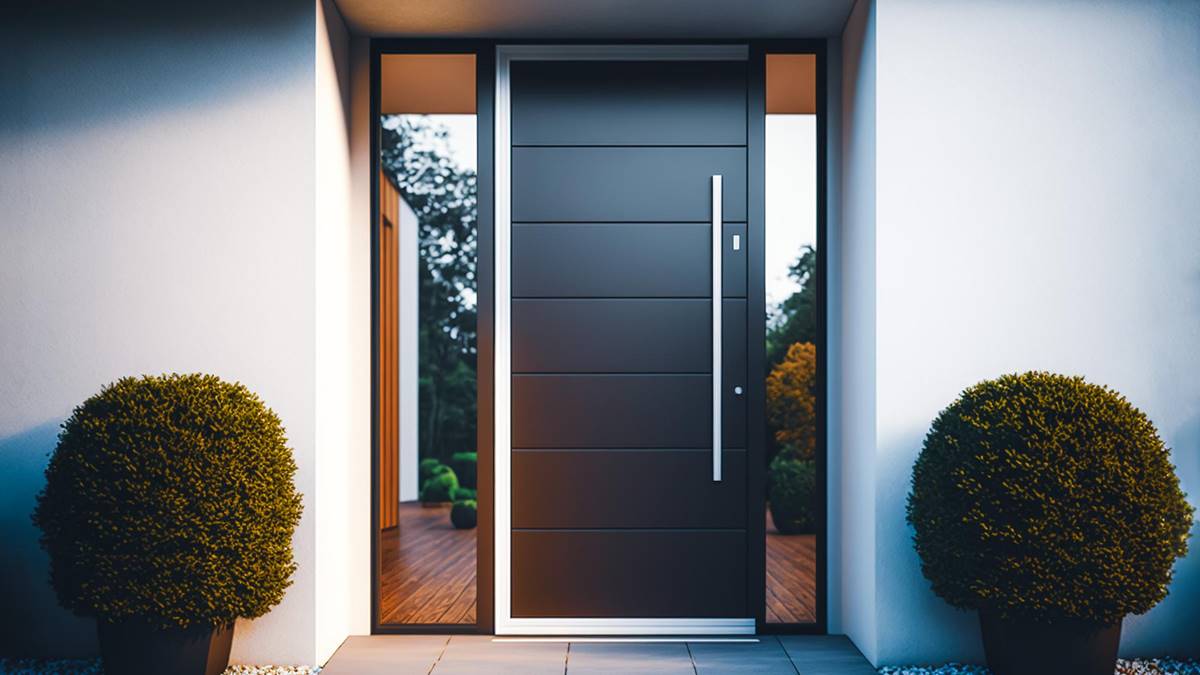When designing or renovating a home, the door threshold might seem like a small detail—but it plays a vital role in comfort, insulation, and accessibility. According to vloerbedekking.info, selecting the right threshold is about more than just aesthetics; it’s about choosing a solution that complements your space both practically and visually.
A threshold, also known as a door sill or transition strip, bridges the gap between two floor surfaces or separates the indoors from the outdoors. It helps prevent drafts, moisture, dirt, and even pests from entering the home. At the same time, it ensures a smooth transition between rooms or different types of flooring.
One of the first things to consider when choosing a threshold is the location of the door. Interior door thresholds generally differ from exterior ones. Interior thresholds are often used to join two types of flooring, such as tile and wood, and they focus more on visual continuity and a safe step. Exterior thresholds, especially for front or back doors, must be weather-resistant and durable enough to handle temperature changes, water exposure, and heavy foot traffic.
The height of the threshold is also important. For accessibility—especially in homes with elderly residents or people using wheelchairs—low-profile or zero-step thresholds are best. These ensure safe and easy movement from one space to another. In contrast, higher thresholds might be used where there’s a greater need for insulation or water protection.
Material choice matters as well. Common options include wood, aluminum, stainless steel, and PVC. Wooden thresholds offer a classic, warm look but may require more maintenance and aren’t ideal for areas exposed to moisture. Metal thresholds—such as aluminum—are durable, weatherproof, and often used for external doors. PVC is lightweight and affordable, making it a good choice for interior use in low-traffic areas.
Insulation and energy efficiency are also key considerations. Some thresholds come with built-in rubber or brush seals to block drafts and maintain indoor temperatures. This helps reduce energy consumption by preventing heat from escaping in winter or cool air from leaking in summer.
Aesthetics should not be overlooked. The threshold should match the style and color of the door and flooring, maintaining visual harmony in the space. Many thresholds are available in different finishes and can be custom-fitted for a seamless look.
Installation is another factor. Some thresholds require screwing into place, while others are adhesive or clip-on. It’s important to follow manufacturer instructions or seek professional help to ensure a secure and level fit, especially if the threshold needs to support frequent traffic.
In summary, choosing the right threshold involves balancing practicality and design. Whether you’re improving insulation, ensuring accessibility, or simply creating a smooth floor transition, the right threshold adds comfort, efficiency, and polish to your home.
Source: vloerbedekking.info – Hoe de juiste drempel voor uw deur te kiezen
